Best American Horror Story seasons, ranked in preparation for AHS: 1984
Ranking the best American Horror Story seasons, just before the ninth launches
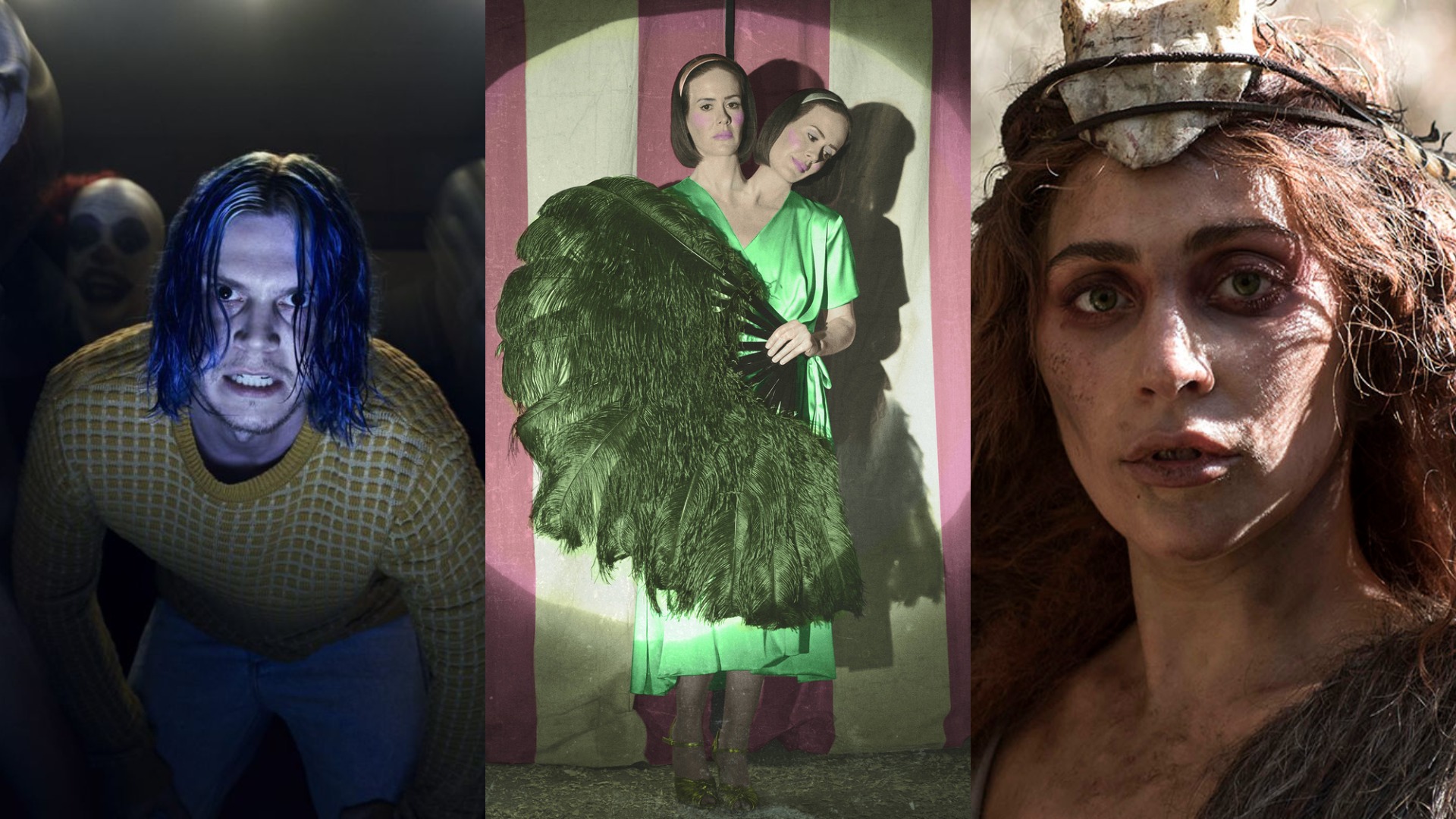
There’s no other show quite like American Horror Story. Created by Ryan Murphy (American Crime Story, Feud) and Brad Falchuk (Scream Queens), the anthology series deliberately sets rules just so it can break them, defying genre and convention at every turn. The showrunners have thrown aliens and Anne Frank into the same psychiatric hospital and had Terminator-style robots in a story concerning the Antichrist. All they ask of us is to strap in and enjoy the ride. American Horror Story also happens to be high-camp at its very best, with plenty of pulpy gore, melodrama, pop culture references, epic clap-backs, and a preposterous fashion sense.
All of which seems to be in plentiful supply in its ninth and latest season, American Horror Story: 1984. Ever since the show's debut with 2011’s Murder House, it has taken a rotating set of cast members and plonked them into a whole variety of different time periods and locations. This time around, the likes of Emma Roberts, Cody Fern, and Pose’s Angelic Ross will go full Friday the 13th as a masked serial killer runs riot through their summer camp. But how will it match up against the rest? While we wait, here’s every previous American Horror Story season ranked, from worst to best.
8. Cult
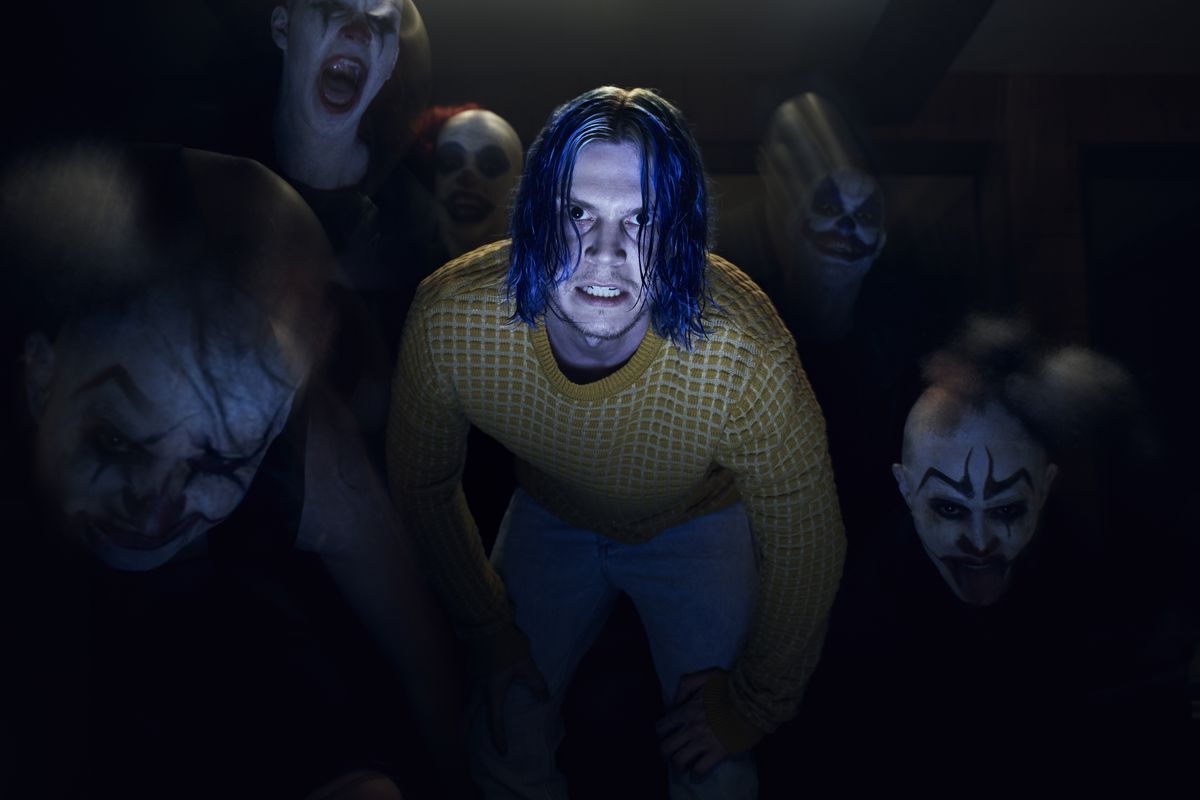
Ryan Murphy has never been good at subtlety. Unfortunately, that made his attempt to diagnose the American psyche in the aftermath of the 2016 election a clunky, misguided mess. By pitting Evan Peters’ blue-haired, chaos-loving men’s rights activist against Sarah Paulson’s paranoid liberal, Cult reduces the entire political landscape into a single, vague statement about how we’re all motivated by fear. In its eyes, Trump is just the latest in a long line of master manipulators, including Charles Manson, radical feminist Valerie Solanas, and (for some reason) Andy Warhol. Nevermind the institutionalised white supremacy and deep-seated corruption that helped Trump get to where he is.
It’s a simplistic take that might have worked if the season explored the idea of cults in a broader sense, instead of constantly bringing things back to the specifics of today, whether it’s immigration policy or voting for Green Party candidate Jill Stein. In fact, the season’s biggest weakness might be the fact that it’s the first not to feature any supernatural elements (we’ll see how 1984 turns out), since the show’s always worked best when it explores its themes through the use of allegory. Take, for example, Coven, which looked at oppression through the lens of witchcraft. You don’t exactly need to worry about nuance when people are making pacts with the devil.
7. Roanoke
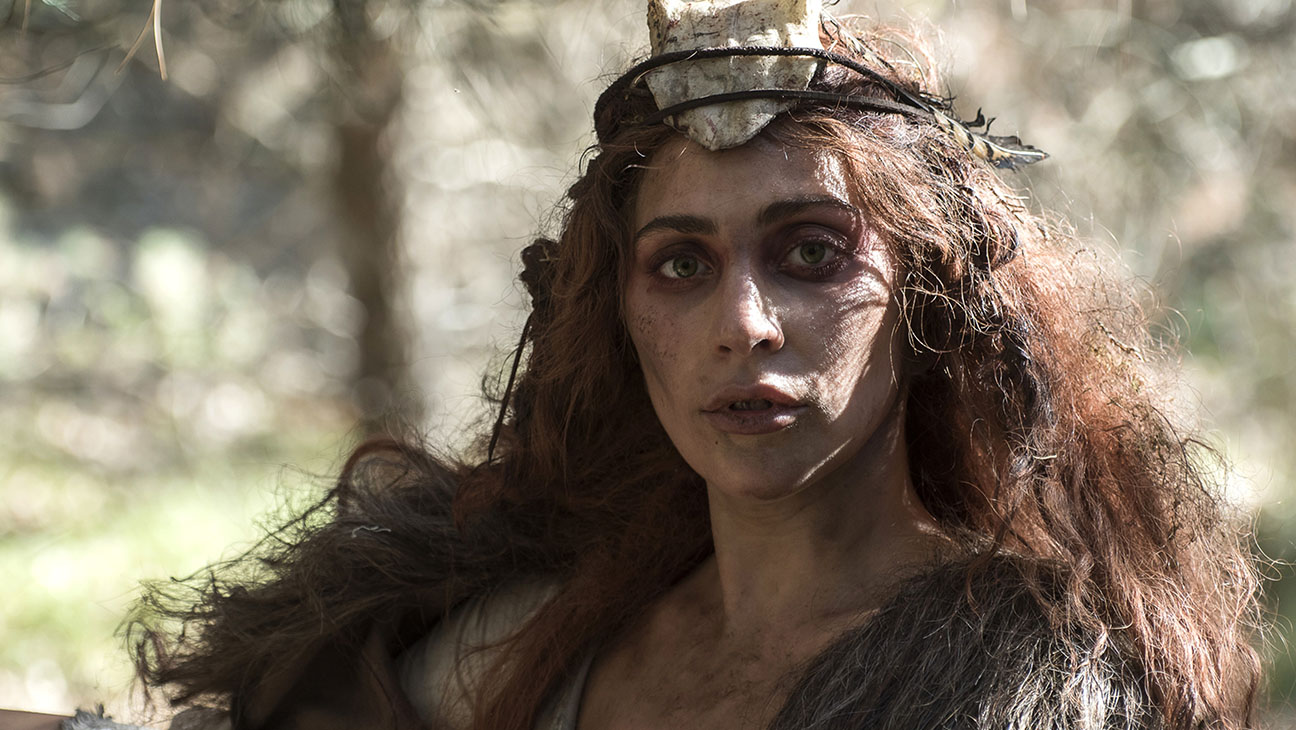
Granted, the mid-season twist took everybody by surprise, but what else does Roanoke actually have to offer? We watch as Shelby (Lily Rabe) and Matt (André Holland) recount their terrifying experiences in their North Carolina home in “My Roanoke Nightmare”, helpfully recreated through a series of dramatic reconstructions. There are killer nurses, a pig-headed man, a family of drug-addicted cannibals, and ghostly European colonists. Then we switch over to “Return to Roanoke: Three Days in Hell” which sends both the real people and the actors who played them back for another round of supernatural carnage. It’s a flashy idea that was well marketed (although the season’s theme is usually announced in advance, this one was kept a secret until the very first episode), but there’s not much substance here.
Roanoke is the closest the series has come to pure horror in years, but it’s not exactly thrilling to watch exactly the same set of scares happen twice, just to people with different accents. And for all the ghoulish creatures it introduced, there wasn’t much effort to connect them together with a central story in the same way that Murder House dealt with its undead residents. Nor did the season fully explore the legend of the Roanoke Colony, who mysteriously disappeared in the 1580s. There’s potential there for an entire season of its own, instead of a handful of scenes and an all-too-brief cameo from Lady Gaga as the original Supreme witch.
6. Freak Show
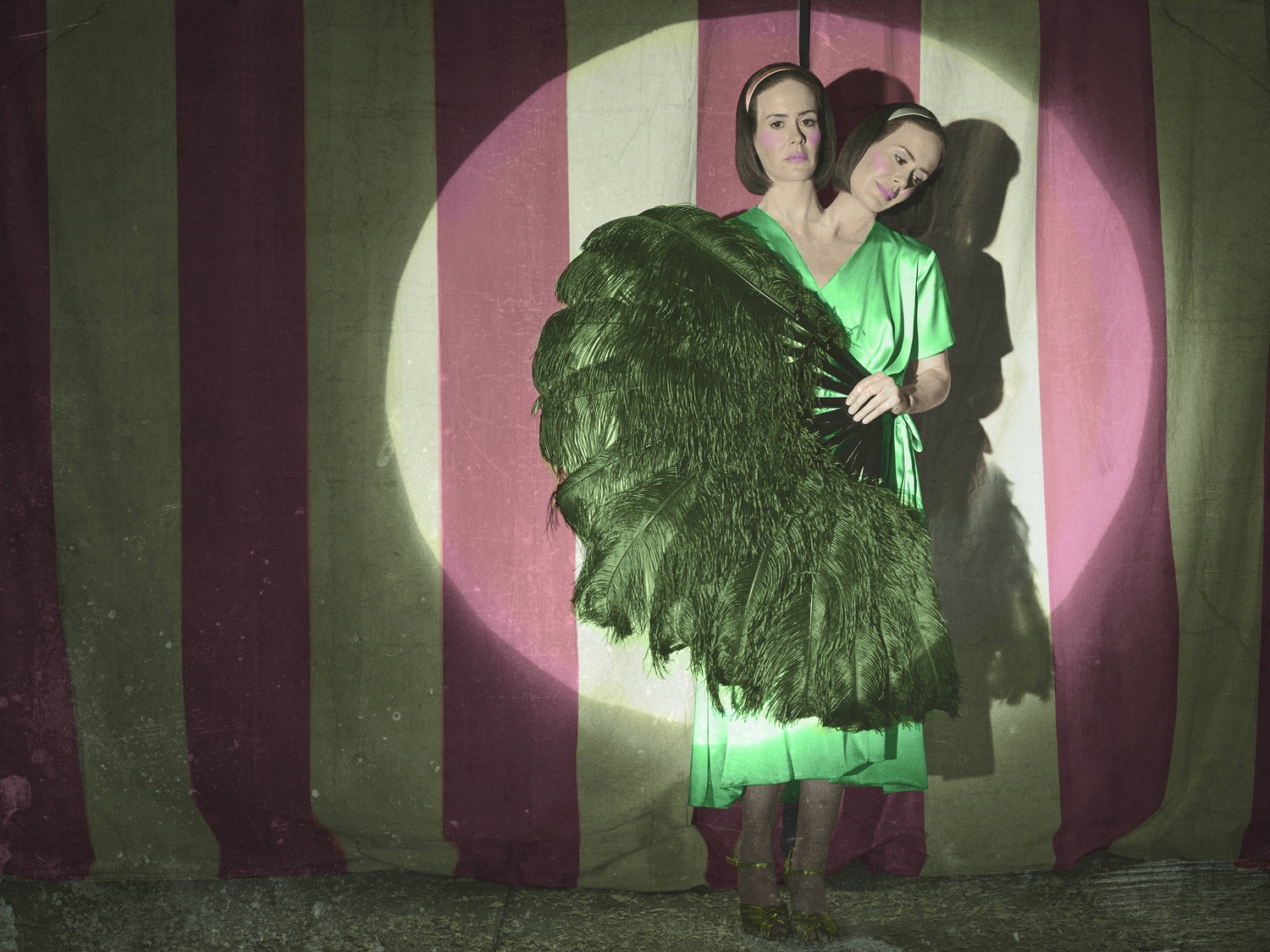
Just like when Emma Roberts’ luckless Maggie got sawed in half by a delusional magician, Freak Show divided audiences from the offset. It’s arguably the season that leans the most into melodrama. Although fairly light on scares, it deals with the family dramas and internal conflicts of a travelling circus in 1950s Florida, as the performers face prejudice from those on the outside and those within. It’s a season rich with tragedy and heartbreak, with those moments being afforded not just to the big stars (like Jessica Lange or Sarah Paulson), but to the supporting characters, too.
Freak Show also has two of the show’s best antagonists (admittedly, it’s kind of hard to judge who is an antagonist since 80% of these characters should legally be in jail). Twisty the Clown (John Carroll Lynch) is terrifying, plain and simple. What’s behind that mask? The answer is far sadder than we’d expect, but here’s something that hasn’t been addressed: is he wearing someone else’s scalp? And then there’s Dandy Mott (Finn Wittrock), who’s the perfect mix of American Pyscho and barbershop quartet. He represents a purely human evil. It’s a shame then, that the rest of the season is so overloaded with unnecessary side-villains, from Edward Mordrake (Wes Bentley) to Chester Creb (Neil Patrick Harris). Plus, it completely flubs the ending.
Sign up for the Total Film Newsletter
Bringing all the latest movie news, features, and reviews to your inbox
5. Apocalypse
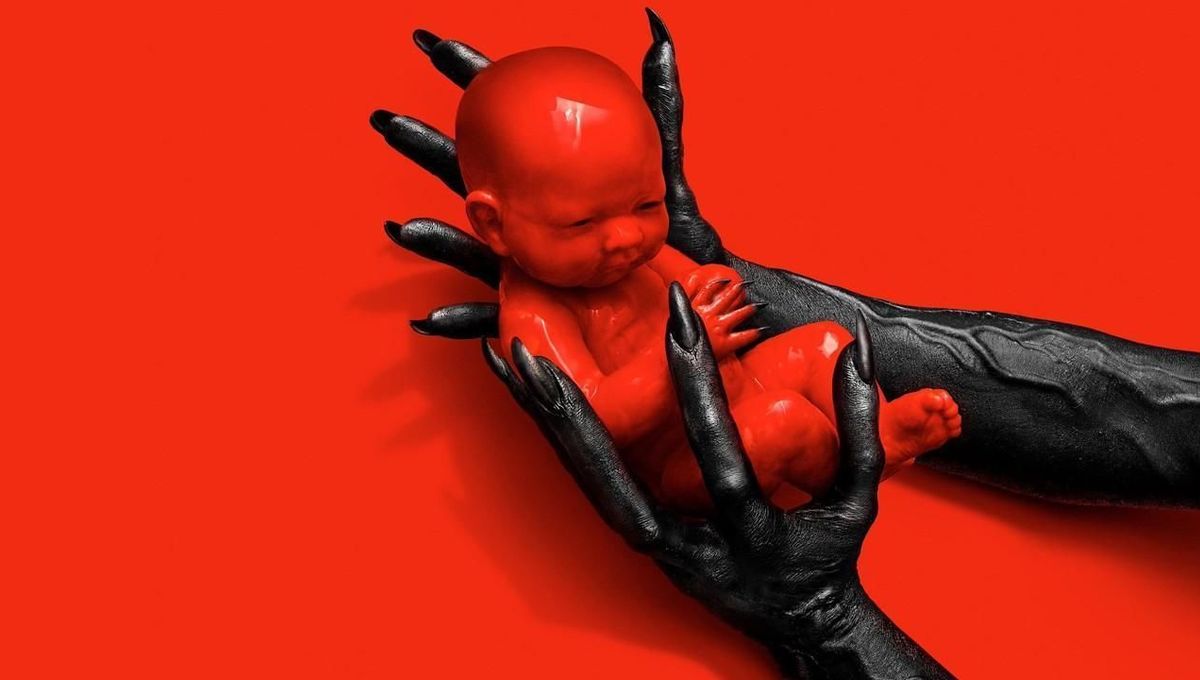
American Horror Story’s answer to Avengers: Endgame. While Freak Show offered the first official confirmation that the show exists in a shared universe, the connections have only been getting stronger since. Here, the series goes all out with a crossover between two of its most popular seasons, Murder House and Coven. It’s pure fan service but, at the same time, the show’s never been self-serious enough for that to really matter. So why deny us the simple pleasure of hearing Madison Montgomery (Emma Roberts) utter that iconic phrase: “Surprise b*tch, I bet you’d thought you’d seen the last of me?”
The season opens with the literal apocalypse, following a group of elites who have booked themselves a spot in a secret underground bunker. It’s not long before Murder House’s Michael Langdon (Cody Fern) rocks up and starts to mess with them all. He’s the Antichrist, by the way, and this was all exactly as he planned it. Thankfully, the witches aren’t too far behind and they’re ready to do whatever it takes to stop him dead in his tracks. Apocalypse ends up being one of the most overstuffed plots in the show’s history – there’s an entire Silicon Valley detour that is painfully uninteresting – but it’s also a ludicrous amount of fun.
4. Coven
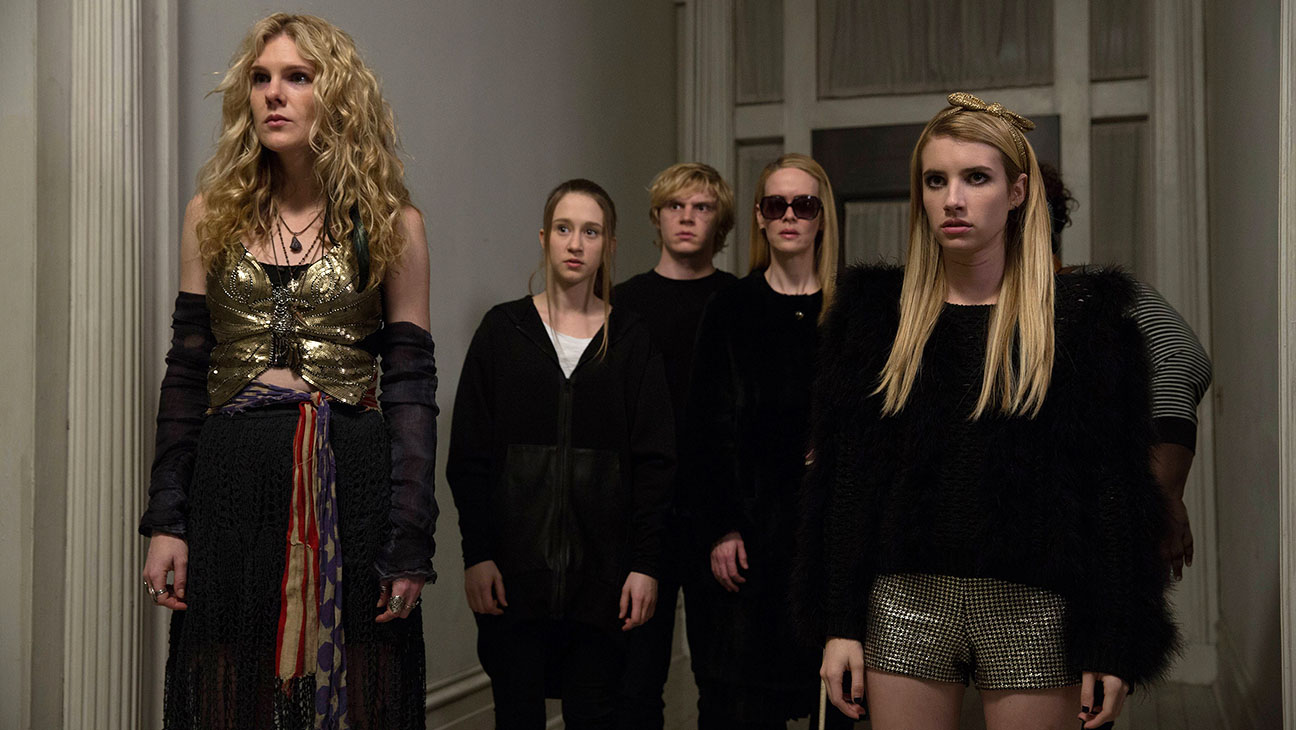
Not a huge amount happens in Coven. People die and get resurrected. They fight and reunite. They defend themselves from witch hunters, who are really just messengers of the patriarchy. A centuries-old racist finds out a black man is the president. And, yet, Coven understands more than any other season, what the base appeal of American Horror Story is: memes. Wonderful, practical memes that can be used in a wide variety of situations. Every character is fierce, impeccably dressed, and filled with razor-sharp one-liners. But no one does any of these three better than Jessica Lange’s Fiona Goode. “Don’t make me drop a house on you.” “I am, after all, the Supreme.” “You’ve always been a sloppy little witch b*tch.” We’re spoiled for choice.
But, as tongue-in-cheek as the whole thing is, Coven also finds a lot to say about its brand of wounded feminism. These are all-powerful, angry, and hurt women who don’t always lash out in the most constructive of ways. We see what happens when they reject sisterhood because they’re scared of what happens if they share the power that they have. The season's handling of race, unfortunately, is frequently misguided, but there’s also something to be said for how magnetic Angela Bassett is in the role Marie Laveau, an immortal voodoo queen. She’s incredible at expressing the bitterness of a character who’s lived to see every generation of America’s evil.
3. Hotel
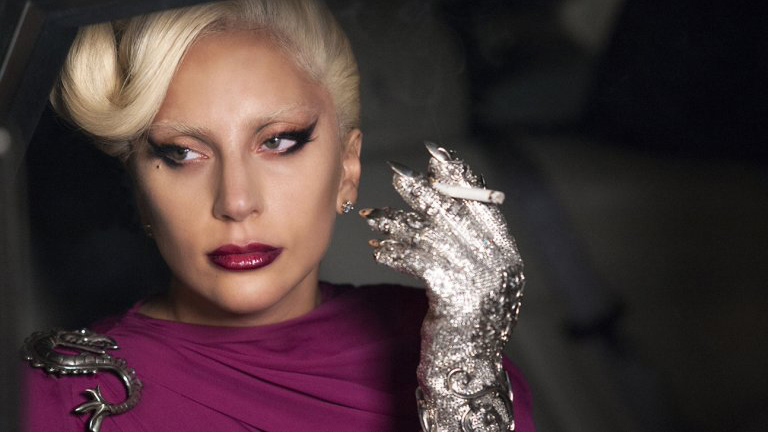
Admittedly, so Hotel is a little sloppy. But it’s a heartfelt, glamorous, sexy, and subversive mess. It was the first season not to star Jessica Lange, but the showrunners hoped people wouldn’t mind by replacing her with a veritable music phenomenon. Lady Gaga plays the mysterious Countess, an ageless vampire shacked up in the Hotel Cortez, who spends her days seeking out men with “a jawline for days”. It’s easy to tell who skipped this season because they were the ones shocked that Gaga could deliver such an ace performance in A Star is Born. She was already brilliant here. She could do steely and venomous, but also melted like butter when faced with her long, lost love. No wonder she won the Golden Globe for it.
The Hotel Cortez is a place of lost souls. Death lingers in its halls – quite literally, since an encounter with Sarah Paulson’s Hypodermic Sally is almost always fatal. What Hotel does best is that, for all the sex and murder, there’s a deep vein of sadness that runs through the entire thing. Elizabeth Taylor (Denis O’Hare) is one of the most sympathetic characters the show has. It’s so immensely satisfying that she gets one of its rare happy endings.
2. Murder House
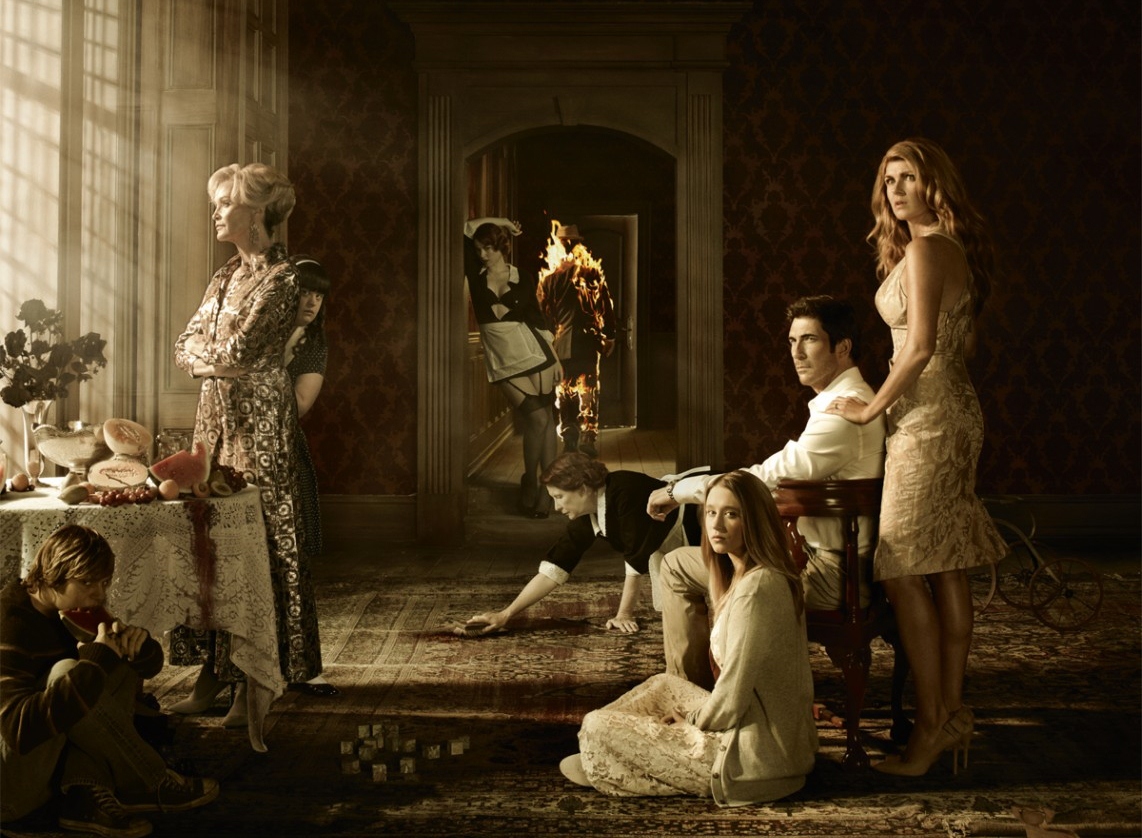
It’s hard to top Murder House, not just because it’s the original, but because there’s no replicating what it was like when American Horror Story first arrived on the scene. It wasn’t quite what anyone expected, especially in the way it so boldly rejected TV and horror conventions, while still delivering plenty of mainstream thrills. Add to that, no one knew at the time that it was going to be an anthology series, so the fact that pretty much everyone died came as a genuine shock.
It’s the most straightforward season narratively, using the haunted house as an allegory for the broken family unit: the Harmons (Connie Britton, Dylan McDermott, and Taissa Farmiga) move in, only to discover that the house is still occupied by all its previous (deceased) owners. The depiction of Tate (Evan Peters), the ghost of a school shooter who develops feelings for the Harmons' teenage daughter, has only grown more complicated and troubling now that gun violence is such a dominant part of the cultural conversation. But this has always been part of American Horror Story’s legacy: it pokes at the darkest recesses of our culture. Sometimes it’s successful, sometimes it’s not.
1. Asylum
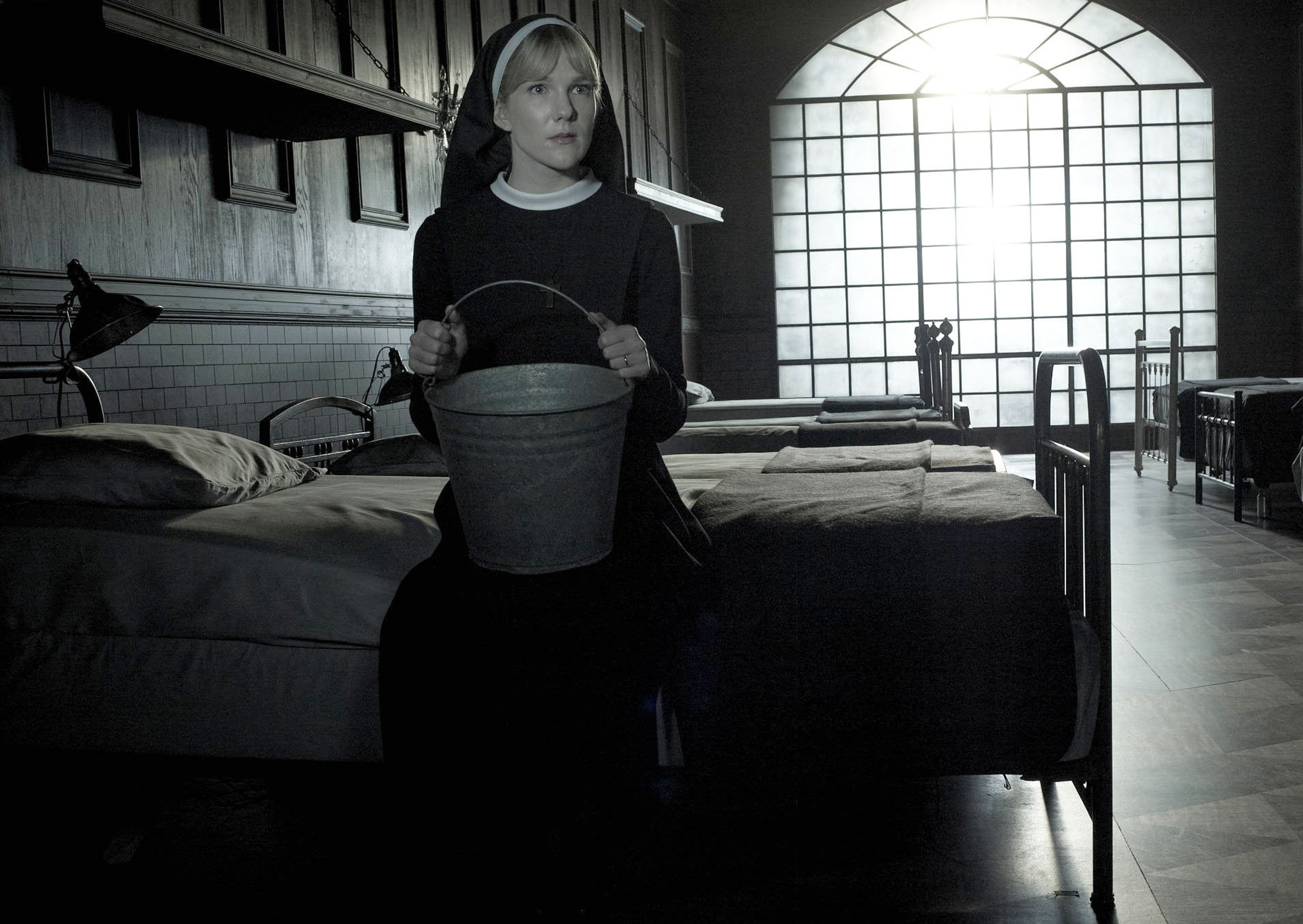
Asylum is the one season that hits the balance perfectly. It’s scary when it needs to be, gleefully extravagant in its lightest moments, and doesn’t back down from genuine social commentary. It plays masterfully with the two faces of horror: the stuff of our nightmares (from aliens to demonic possession) and the stuff of our reality (the violence and ostracisation aimed at anyone who doesn’t fit into the conservative American mould). It even manages to throw in the show’s best musical number, when Sister Jude (Jessica Lange) gets down to her own rendition of Shirley Ellis’ “The Name Game”. St the centre of it all is everyone’s favourite American Horror Story character, Lana Winters (Sarah Paulson), an investigative reporter who attempts to expose the abuses being committed at the Briarcliff asylum, only to be committed because of her sexuality.
Paulson has always been one of the show’s shining stars, but the compassion and dedication she brings to Lana is phenomenal. Asylum works because whatever crazy tangent the season embarks on (i.e. the murderous Santa or the patient who may or may not be Anne Frank), it’s still ultimately anchored by her performance. Lana is a survivor, but she cannot do so without confronting the incredible trauma that’s been through. It’s not a hopeful message, but one of resilience.
Want more of the best TV on the airwaves? Check out our best It's Always Sunny in Philadelphia episodes and best Fresh Prince of Bel-Air episodes.
Clarisse is a freelance film journalist, and is a film critic for The Independent. She also writes in a freelance capacity for a number of publications such as GamesRadar and Total Film, and is the co-host for the Fade to Black Podcast. She also runs her own YouTube channel focused on film reviews.


